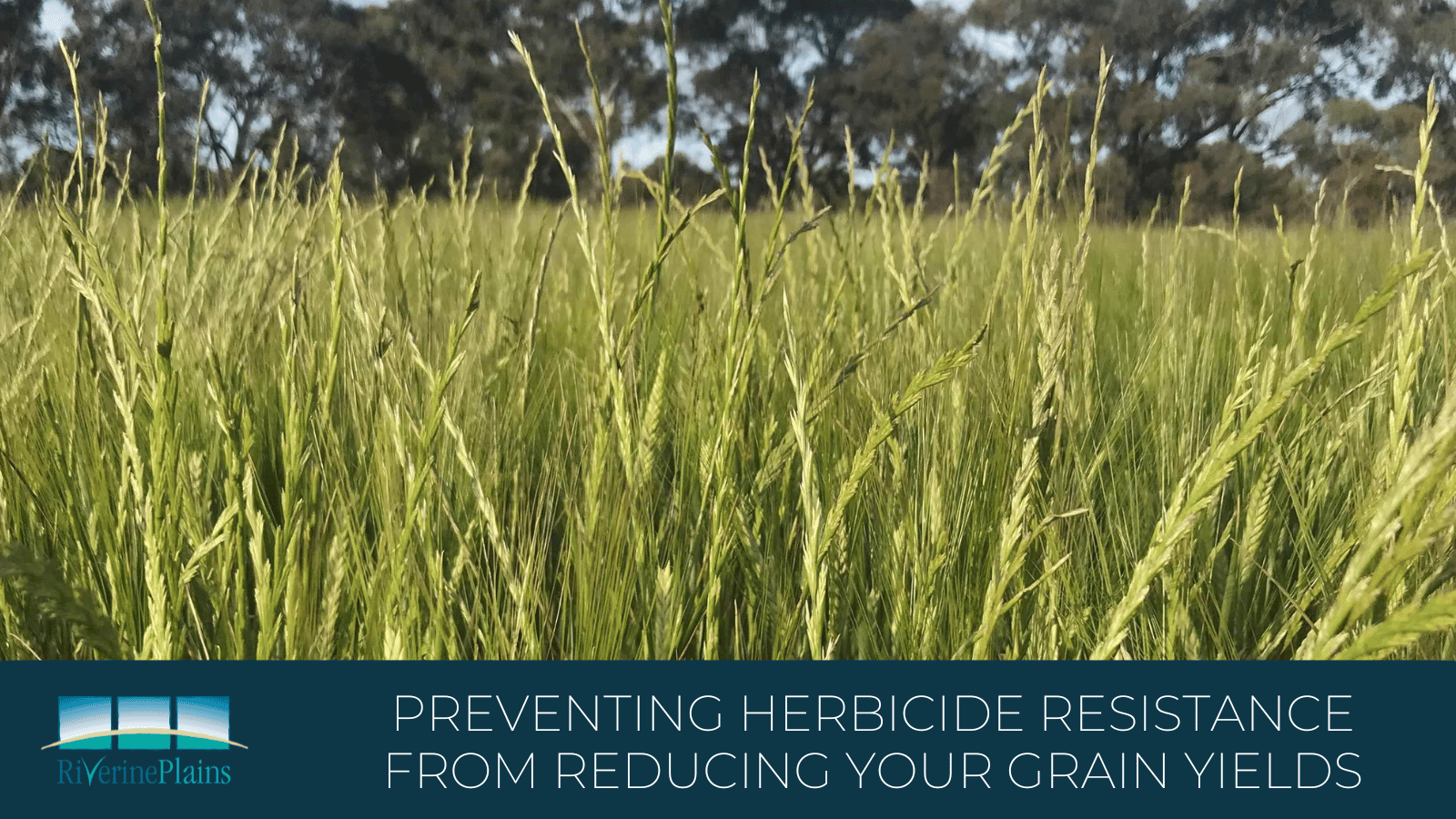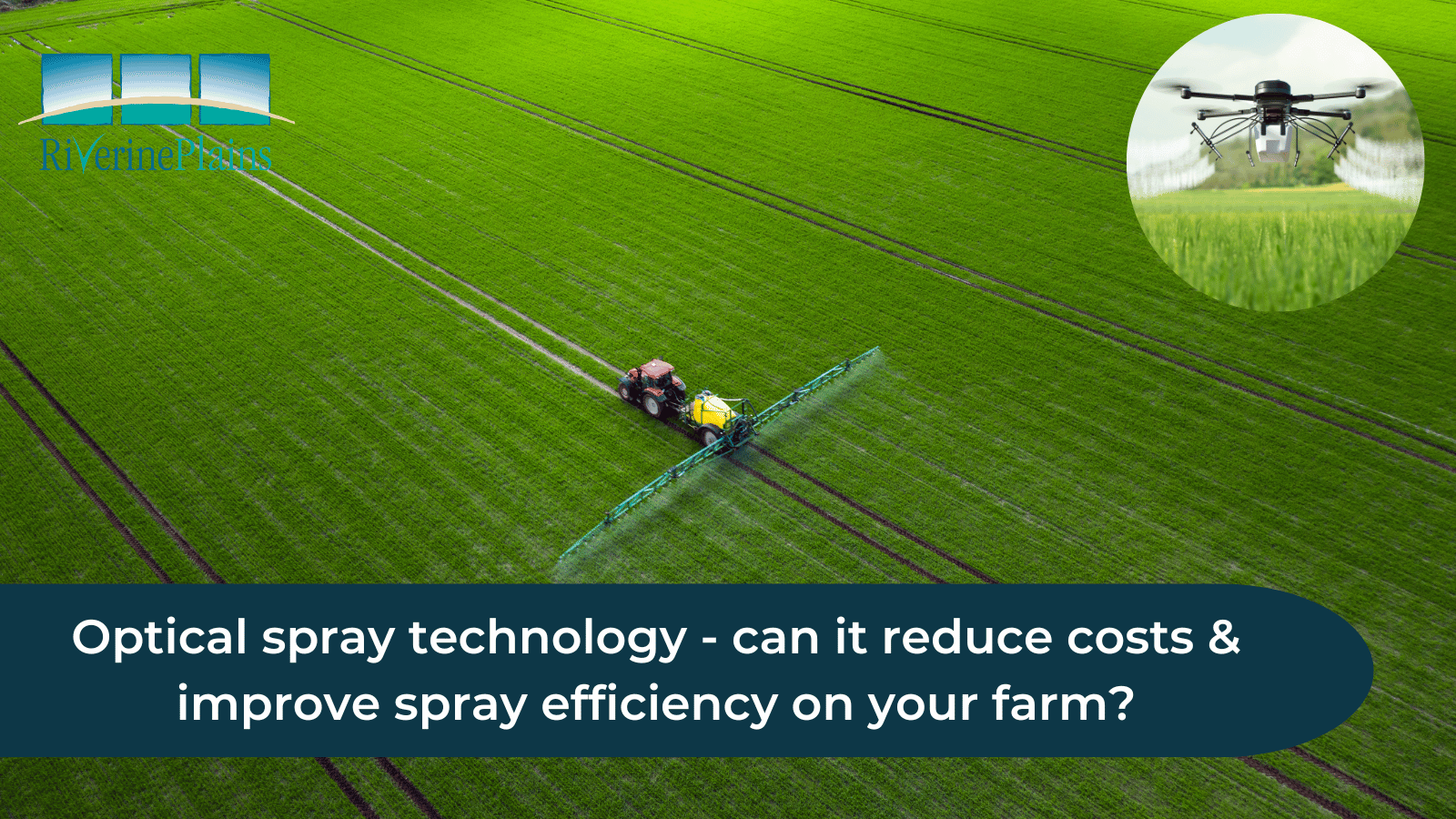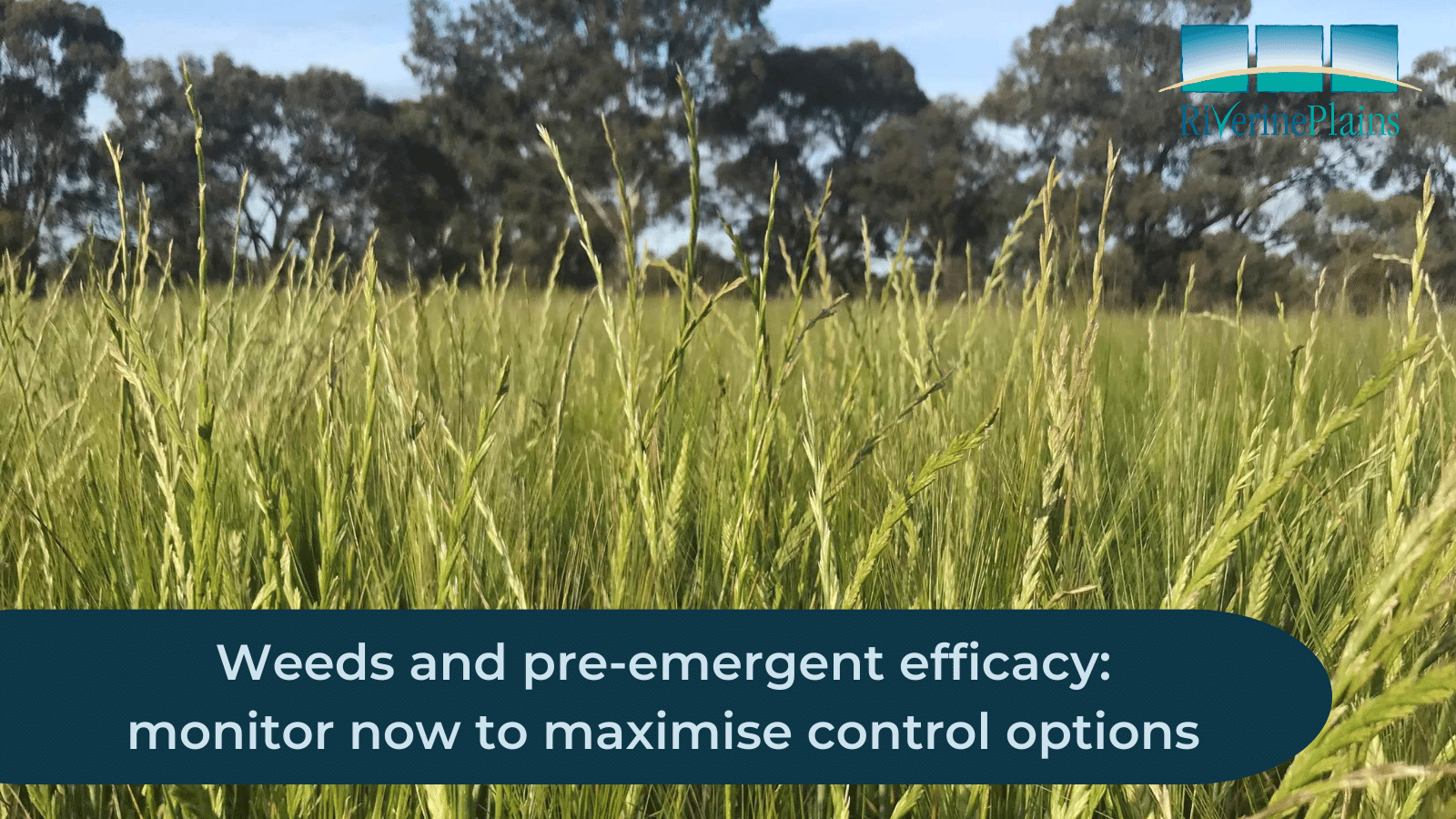Key Messages
- Phenoxy herbicides can cause significant off-target damage to susceptible summer crops
- Volatilisation of herbicide from the treated plant occurs more frequently during summer, when temperatures are higher
- Before using volatile herbicides, check with your neighbours about proximity to susceptible summer crops
- Always check with your agronomist to see if there are less volatile alternative products available
Non-intentional herbicide drift from Group I herbicides such as 2,4-D and other compounds occurs regularly across Australia, with cotton, grapes, soybeans, sorghum, forage brassicas, horticultural crops (i.e tomatoes) and other broadleaf species being especially susceptible.





